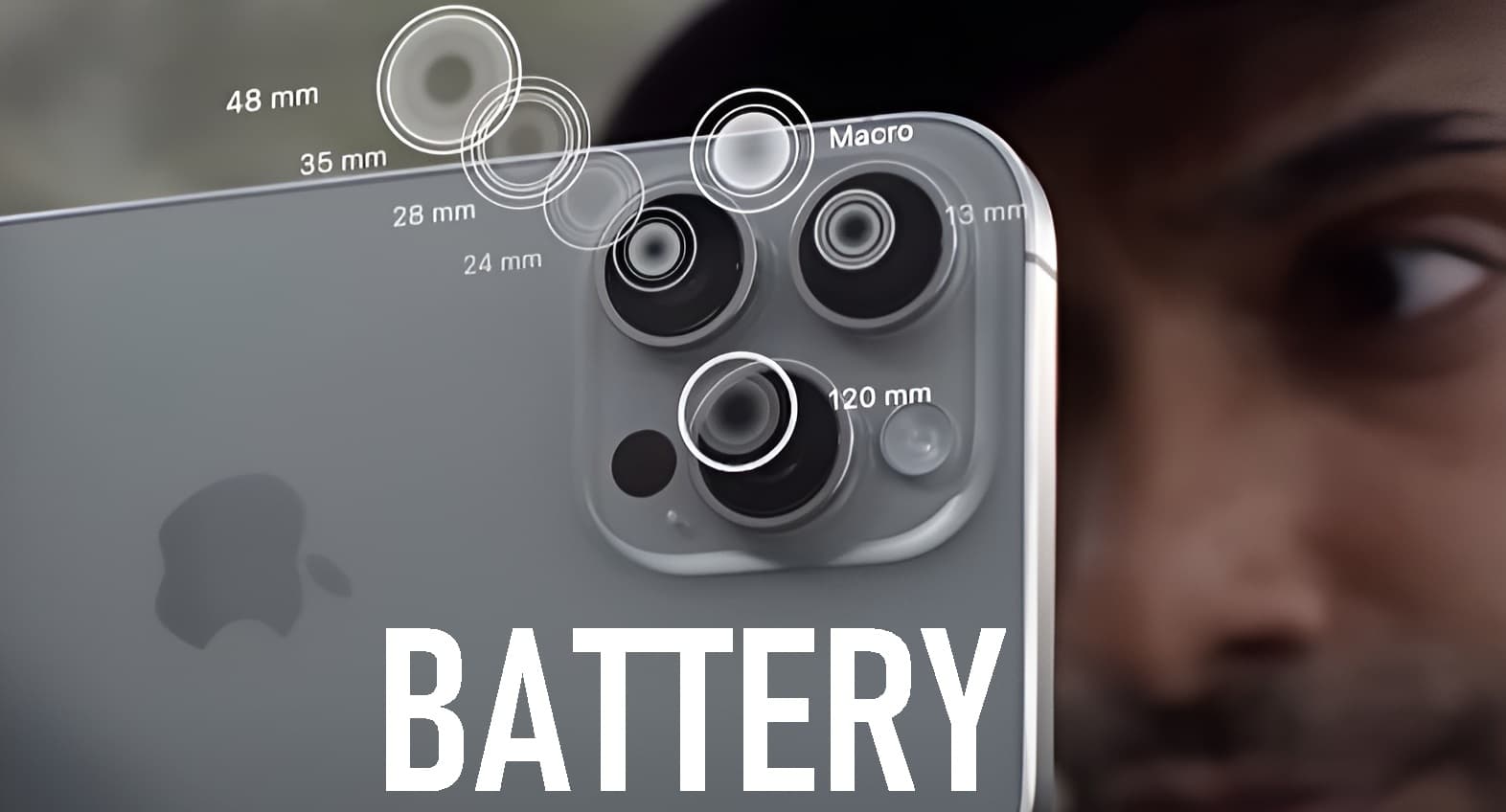As technology evolves, so does the battery powering our smartphones. The landscape of battery technology is shifting, with solid-state batteries emerging as a promising future contender against traditional lithium-ion batteries. In this guide, we’ll explore how these advancements might shape the market, the impact of new technologies on prices, and what the future might hold for battery innovations.

How Solid-State Batteries Could Dominate Future Markets
Solid-state batteries are making waves in the tech world, and for good reason. Here’s why they might become the go-to choice for smartphones in the future:
1. Enhanced Safety
Unlike lithium-ion batteries, which use liquid electrolytes that can be volatile, solid-state batteries use solid electrolytes. This design reduces the risk of leaks and fires, making them safer for everyday use.
2. Longer Lifespan
Solid-state batteries have a longer lifespan compared to their lithium-ion counterparts. They are less prone to degradation over time, which means your battery will likely last longer before needing a replacement.
3. Higher Energy Density
These batteries can store more energy in the same amount of space, potentially leading to longer battery life or smaller, lighter devices with the same battery performance.
4. Faster Charging
Solid-state technology can support faster charging speeds, which means less time plugged in and more time using your device.
Market Trends in Smartphone Battery Technology
The smartphone battery market is evolving rapidly. Here’s what you should know about current trends:
1. Increased Focus on Fast Charging
Consumers are increasingly demanding faster charging capabilities. Smartphone manufacturers are investing in technologies that allow for quicker top-ups, making it easier to stay connected without long waits.
2. Wireless Charging Advancements
Wireless charging technology is improving, with newer standards offering faster and more efficient power transfer. This trend is making wireless charging more practical and appealing.
3. More Sustainable Options
There is a growing emphasis on sustainability. Companies are developing batteries that are easier to recycle and are made from more environmentally friendly materials.
4. Battery Management Software
Advanced software is being developed to manage battery health and optimize performance. Features like adaptive battery usage and power-saving modes are becoming standard.
How Battery Lifespan Affects Smartphone Market Demand
The lifespan of a smartphone battery significantly impacts consumer choices. Here’s how:
1. Longevity and Consumer Satisfaction
A battery that lasts longer without degrading enhances overall user satisfaction. Smartphones with better battery longevity tend to attract more buyers who prioritize durability.
2. Replacement Costs
Higher replacement costs can deter buyers. Phones with easily replaceable batteries or those that last longer are often preferred.
3. Market Trends
As battery technology improves, consumers expect longer-lasting batteries as a standard feature. Manufacturers that deliver on this promise can gain a competitive edge.
Predictions for Battery Technology Adoption by 2030
Looking ahead to 2030, several trends and predictions are shaping the future of battery technology:
1. Widespread Solid-State Adoption
It’s anticipated that solid-state batteries will become more common in consumer electronics. Their safety and efficiency advantages will likely lead to broader adoption.
2. Greater Integration with AI
Battery management systems will increasingly incorporate AI to optimize performance and extend battery life based on user habits and device usage.
3. Enhanced Recycling Technologies
New methods for recycling and reusing battery materials will be developed to reduce environmental impact and support sustainability goals.
4. Increased Energy Density
Advancements in materials and technology will lead to batteries with even higher energy densities, supporting more powerful devices and longer usage times.
How Consumer Preferences are Shaping Battery Innovation
Consumer preferences play a crucial role in driving battery innovations. Here’s how:
1. Demand for Faster Charging
As users seek quicker charging solutions, manufacturers are developing technologies to meet these needs, including higher wattage chargers and optimized battery chemistries.
2. Interest in Eco-Friendly Options
Consumers are increasingly concerned about environmental impact, leading to a push for more sustainable battery technologies and practices.
3. Desire for Longer Battery Life
The demand for smartphones that can last through a full day of heavy use drives research into more durable and efficient battery solutions.
The Future of Battery Market: Solid-State vs. Lithium-Ion
The battle between solid-state and lithium-ion batteries will shape the future of the market. Here’s a comparison:
Solid-State Batteries
- Advantages: Safer, longer-lasting, higher energy density, and faster charging.
- Challenges: Higher production costs and current limitations in scalability.
Lithium-Ion Batteries
- Advantages: Established technology with lower costs and extensive infrastructure.
- Challenges: Safety concerns, shorter lifespan, and lower energy density compared to solid-state.
Both technologies have their merits, but as solid-state technology advances and becomes more affordable, it may become the preferred choice for many consumers and manufacturers.
How Battery Technology Influences Smartphone Prices
Battery technology can significantly impact the price of smartphones:
1. Production Costs
Advanced battery technologies, like solid-state, often come with higher production costs. These costs can be passed on to consumers, leading to more expensive devices.
2. Performance Benefits
Higher-performing batteries can justify higher prices if they offer substantial benefits, such as longer battery life or faster charging.
3. Market Competition
As new technologies become more mainstream, prices may decrease. Increased competition among manufacturers can drive down costs, making advanced battery technologies more accessible.
How New Battery Innovations Could Disrupt the Market
Emerging battery innovations have the potential to disrupt the market in several ways:
1. Enhanced Device Capabilities
New battery technologies can enable smaller, lighter devices with improved performance, potentially altering consumer expectations and device design.
2. Shifts in Market Leadership
Companies that adopt and integrate cutting-edge battery technologies early may gain a competitive edge, influencing market dynamics and consumer preferences.
3. Changes in Pricing Structures
As production costs decrease and technology becomes more widespread, pricing structures may shift, making advanced battery features more affordable for a broader audience.
Impact of Sustainable Batteries on the Smartphone Market
Sustainable batteries are set to make a significant impact:
1. Environmental Responsibility
Consumers and regulators are increasingly prioritizing environmental responsibility. Sustainable batteries can enhance a brand’s image and appeal to eco-conscious buyers.
2. Regulatory Compliance
Adopting sustainable practices can help manufacturers comply with environmental regulations and avoid potential penalties.
3. Market Differentiation
Brands that lead in sustainable battery technology can differentiate themselves in a crowded market, attracting customers who value environmental stewardship.
What Smartphone Manufacturers are Leading in Battery Innovation?
Several manufacturers are leading the charge in battery innovation:
1. Apple
Apple is known for its focus on battery optimization through software and hardware integration. The company is also investing in new battery technologies and improving recycling processes.
2. Samsung
Samsung is a major player in battery technology, with advancements in fast charging and battery life improvements. The company is also exploring solid-state technology.
3. Tesla
Though primarily known for electric vehicles, Tesla’s battery technology developments are influencing broader battery markets, including smartphones. Their innovations in energy density and charging are setting benchmarks.
As we look towards the future, the evolution of battery technology promises to bring exciting changes to the smartphone market. Solid-state batteries may become the new standard, driving improvements in safety, efficiency, and overall performance. Keeping an eye on these trends will help you stay informed and make smarter choices about your smartphone and its battery life.














